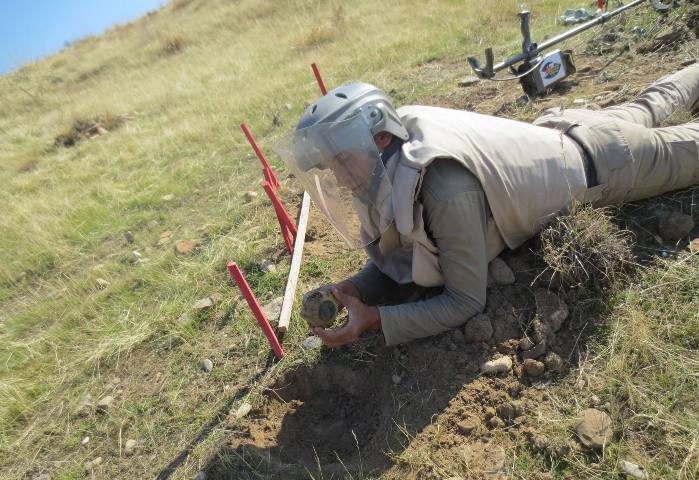South Africa, currently serving as Vice-President of the Fifth Review Conference of the Convention on the Prohibition of the Use, Stockpiling, Production, and Transfer of Antipersonnel Mines (commonly known as the Mine Ban Treaty), is actively participating in discussions in Siem Reap, Cambodia. The gathering, held from November 26 to December 1, 2024, brings together representatives from signatory states, international organizations, and non-governmental organizations to advance the treaty's objectives.
The Mine Ban Treaty, adopted in 1997 during the Oslo Diplomatic Conference chaired by South Africa, is a landmark multilateral agreement aimed at eliminating anti-personnel landmines, notorious for their indiscriminate impact on civilians. These devices, triggered by the presence, proximity, or contact of a person, have caused widespread humanitarian crises globally.
South Africa ratified the treaty in 1998, with it coming into force for the country on March 1, 1999. The nation halted all production of anti-personnel mines in 1995, dismantled its production capacity, and has since championed global initiatives to address the scourge of landmines.
Focusing on the Challenges Ahead
The Fifth Review Conference is addressing several critical challenges in implementing the treaty, including:
Securing Funding: Adequate financial resources for mine clearance in affected areas.
Technology Development: Innovations to accelerate the process of landmine detection and removal.
Victim Rehabilitation: Strengthening mechanisms for the reintegration of landmine survivors into society.
International Collaboration: Enhancing partnerships between states, international organizations, and NGOs to ensure affected countries receive necessary support.
South Africa emphasized the importance of universal adherence to the treaty, highlighting the devastating consequences of continued production, transfer, and use of landmines, particularly in ongoing conflicts.
South Africa’s Pioneering Role
As a former producer and exporter of anti-personnel mines, South Africa has taken significant steps to become a leader in advocating for a mine-free world. The country played a pivotal role in the Ottawa Process, which led to the adoption of the Mine Ban Treaty, and continues to leverage its history to support international disarmament efforts.
The Department of International Relations and Cooperation (DIRCO) reaffirmed South Africa's commitment to the treaty’s core principles, including the destruction of stockpiles, clearance of contaminated areas, and victim assistance.
“South Africa condemns the use, transfer, and stockpiling of anti-personnel mines under any circumstances. Such actions violate International Humanitarian Law and threaten global progress toward a mine-free world,” DIRCO stated.
Global Impact of the Mine Ban Treaty
Since the treaty's adoption, more than 160 countries have become signatories, resulting in the destruction of millions of landmines and significant progress in landmine clearance. However, challenges persist as landmines remain a threat in conflict zones worldwide.
Looking Ahead
South Africa, drawing from its history of disarmament and commitment to international humanitarian efforts, pledged continued support to ensure the treaty’s objectives are met.
“South Africa will work tirelessly to eliminate anti-personnel mines and foster a safer, mine-free world for future generations,” DIRCO concluded.
The conference aims to reinforce global commitments, with member states and organizations working collaboratively to overcome the challenges and achieve the treaty’s vision of a mine-free world.











